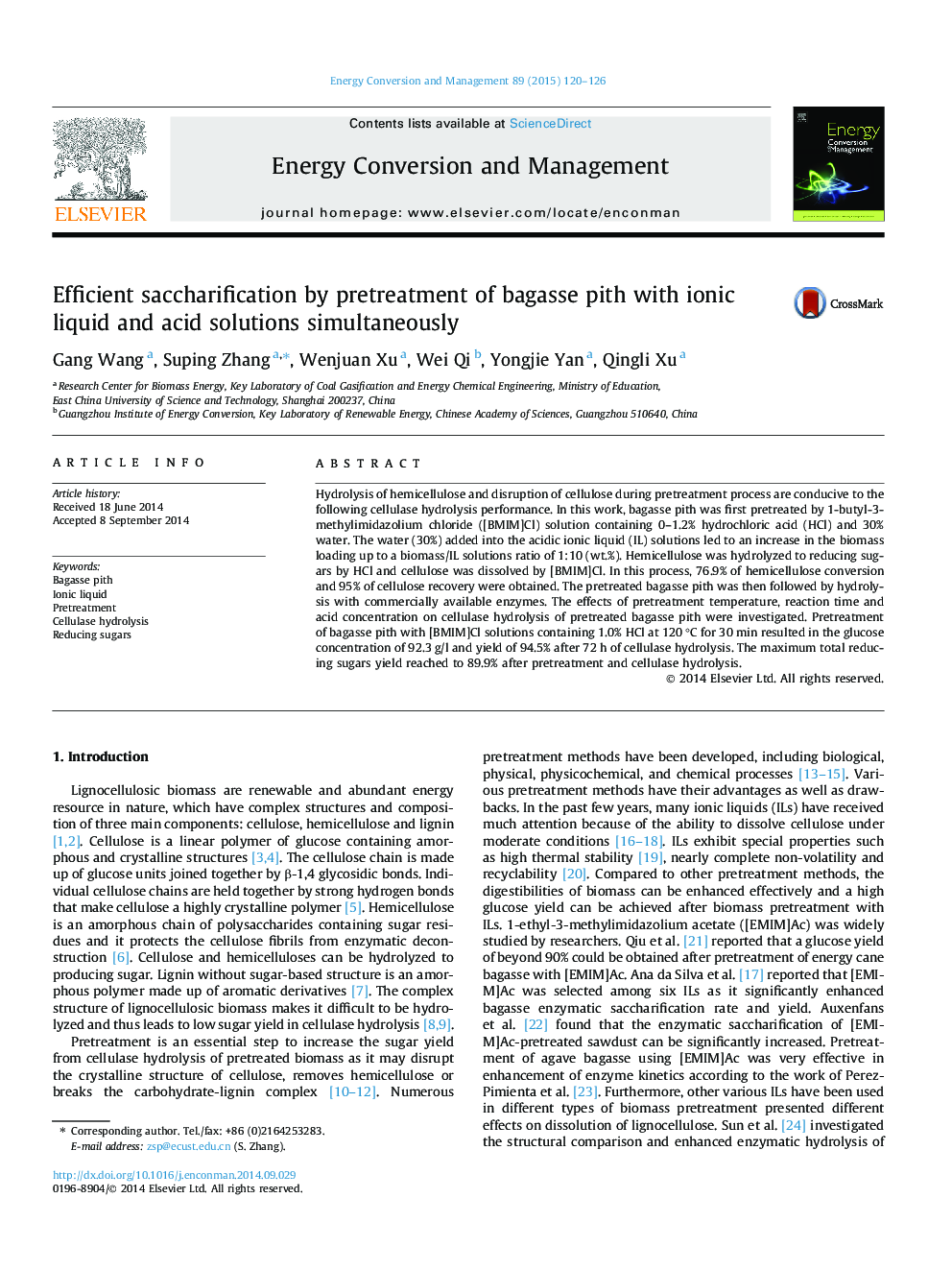| Article ID | Journal | Published Year | Pages | File Type |
|---|---|---|---|---|
| 7159289 | Energy Conversion and Management | 2018 | 7 Pages |
Abstract
The present investigation evaluates the potential of fifteen heterocystous cyanobacterial strains for biodiesel and hydrocarbon production. Fatty acid composition, biodiesel qualities along with biomass, lipid and hydrocarbon productivity were determined under autotrophic growth conditions. The biomass productivity of tested cyanobacterial strains ranged from 8.25 to 24.39â¯mg Lâ1 dayâ1 dry cell weight (DCW), whereas the lipid and hydrocarbon productivity ranged from 0.747 to 3.259â¯mg Lâ1 dayâ1 and 0.153 to 0.516â¯mg Lâ1 dayâ1, respectively. Palmitic acid (3.79-40.84%) and stearic acid (14.64-69.84%), which are favourable for biodiesel production, were predominantly present in tested cyanobacterial strains. Biodiesel fuel properties were estimated by empirical formulas based on FAME composition and met the prescribed criteria of international biodiesel standards like ASTM D6751 in the United States, EN 14214 in Europe and IS 15607 in India. Nostoc calcicola MBDU 602, with a lipid content of 18.921â¯Â±â¯0.096 (% dwt), lipid productivity of 3.259â¯Â±â¯0.211â¯mg Lâ1 dayâ1 and desirable fatty acid composition of C16-C18 (57.78%) was selected as the most suitable species for biodiesel production through PROMETHEE-GAIA analysis. The selected strain could possibly be exploited at commercial scale after further evaluation of up- and down-stream process at pilot experiment using photobioreactors.
Related Topics
Physical Sciences and Engineering
Energy
Energy (General)
Authors
Antonyraj Matharasi Perianaika Anahas, Gangatharan Muralitharan,
